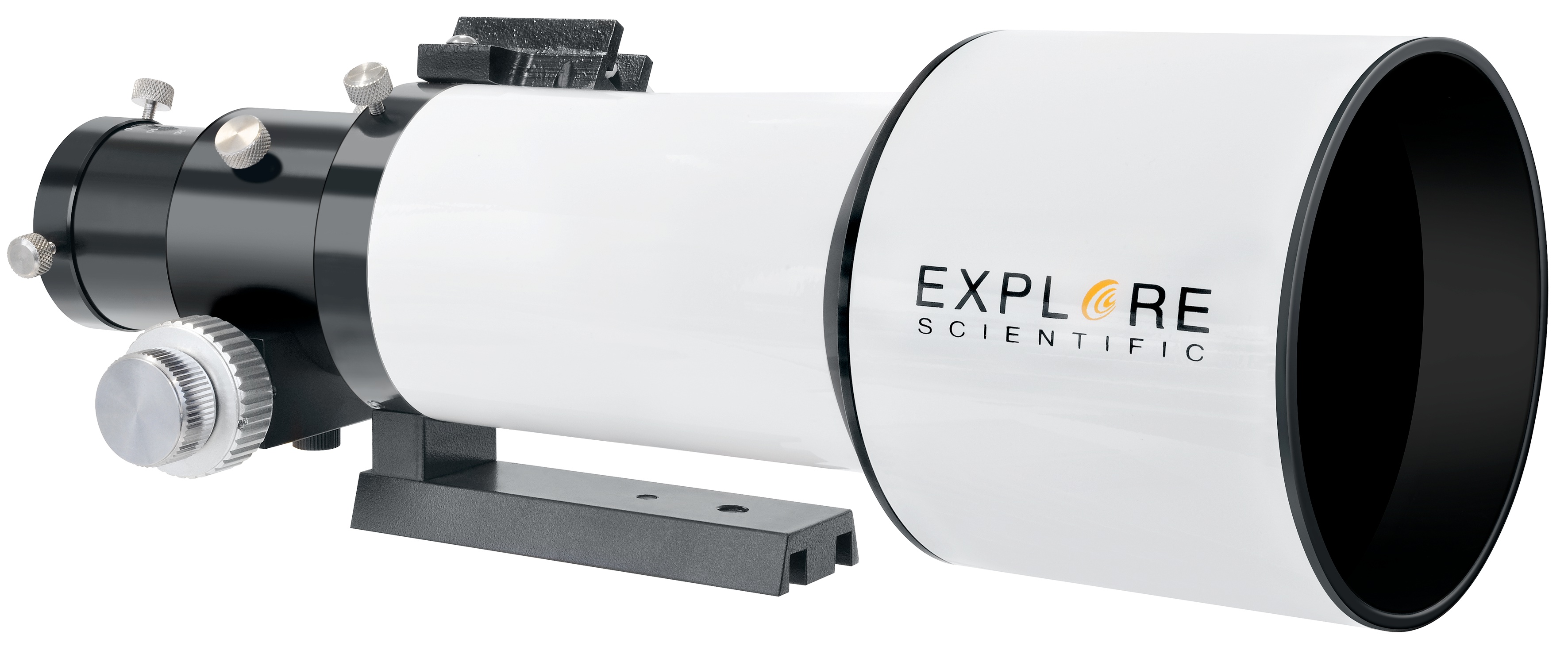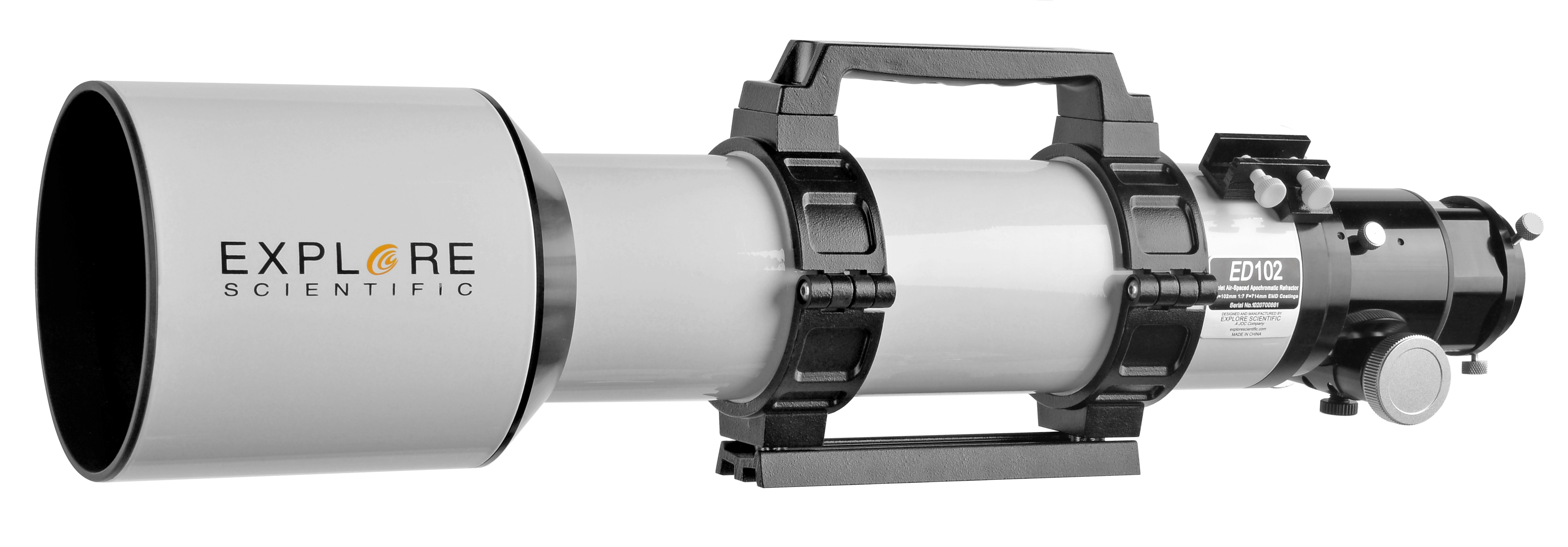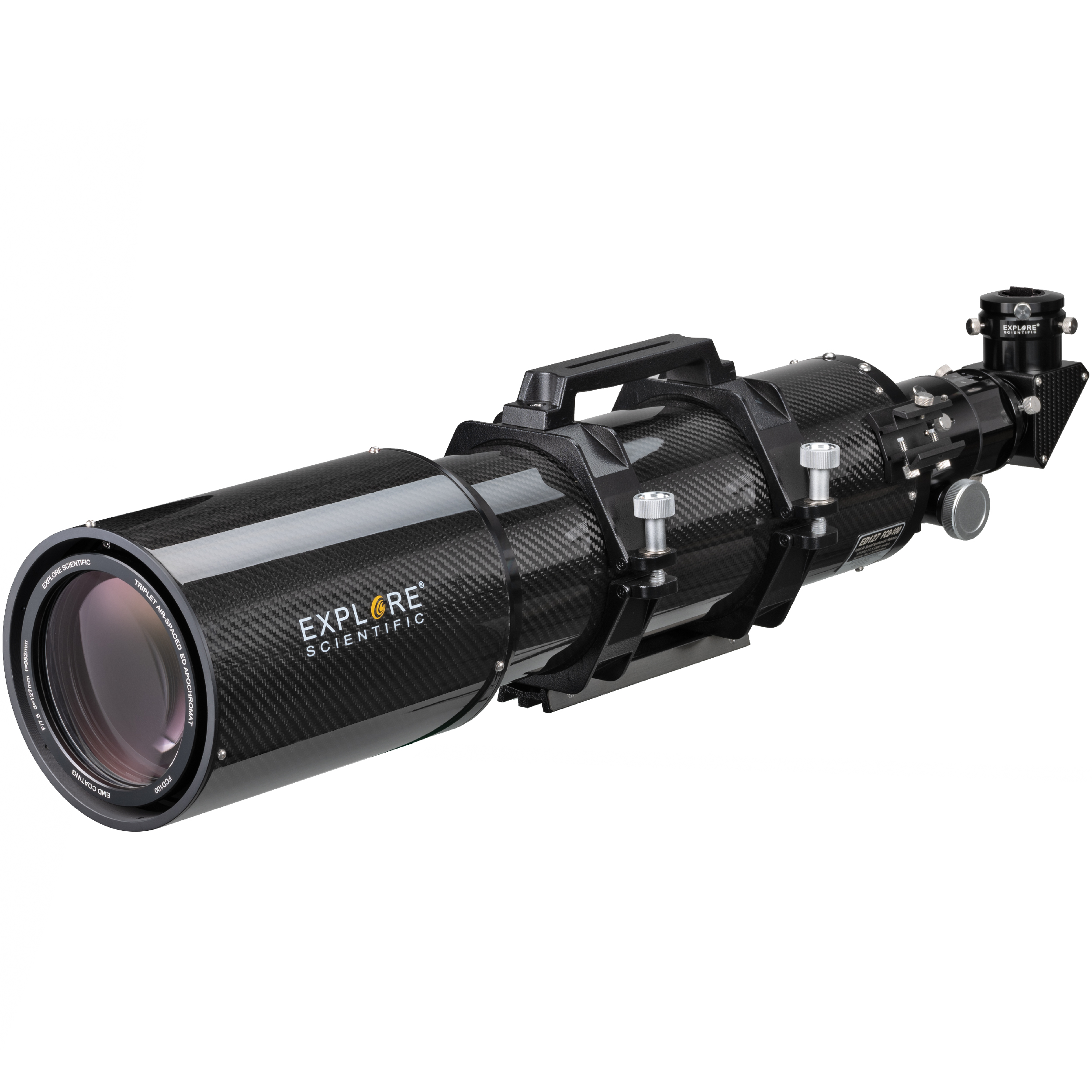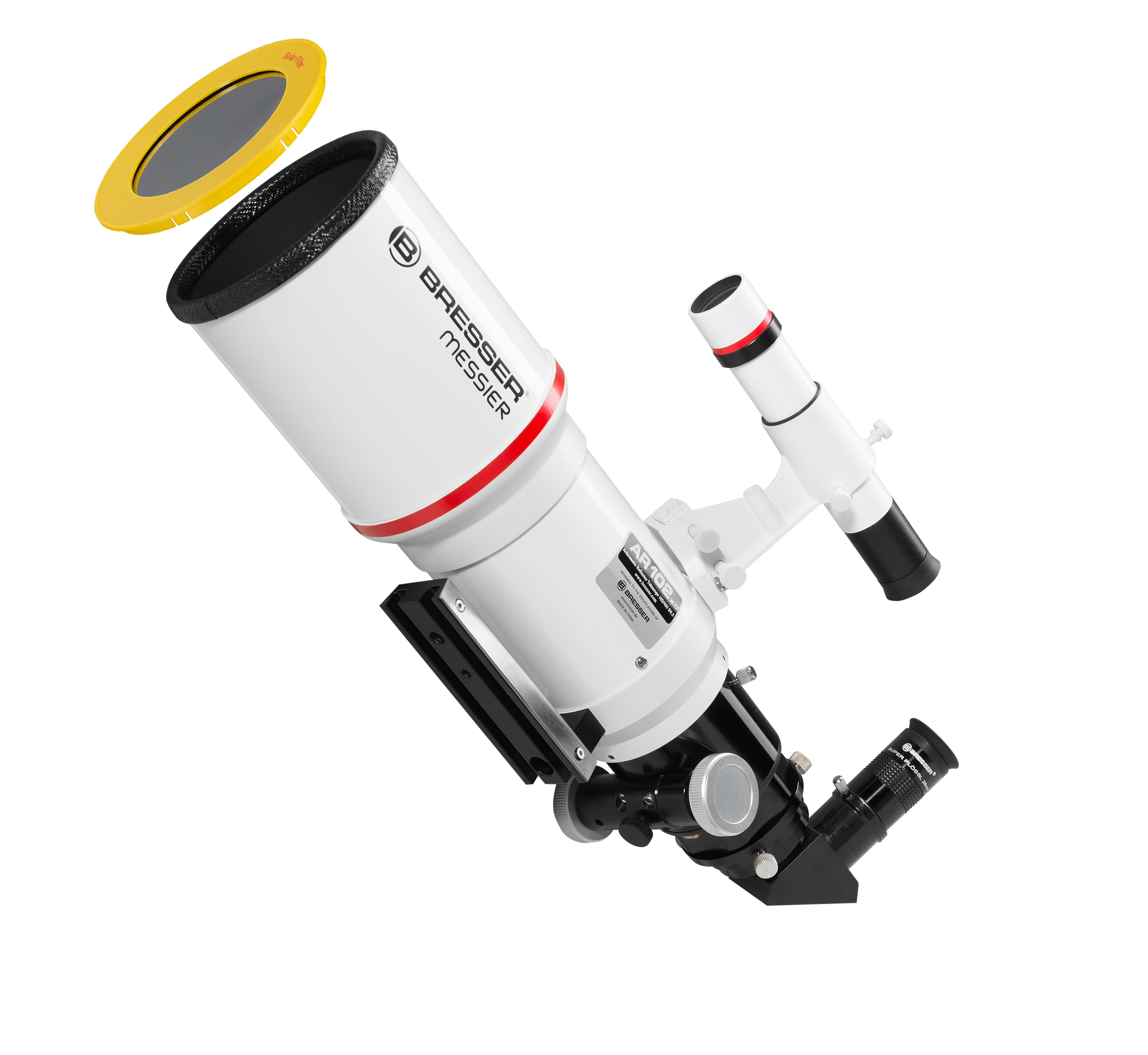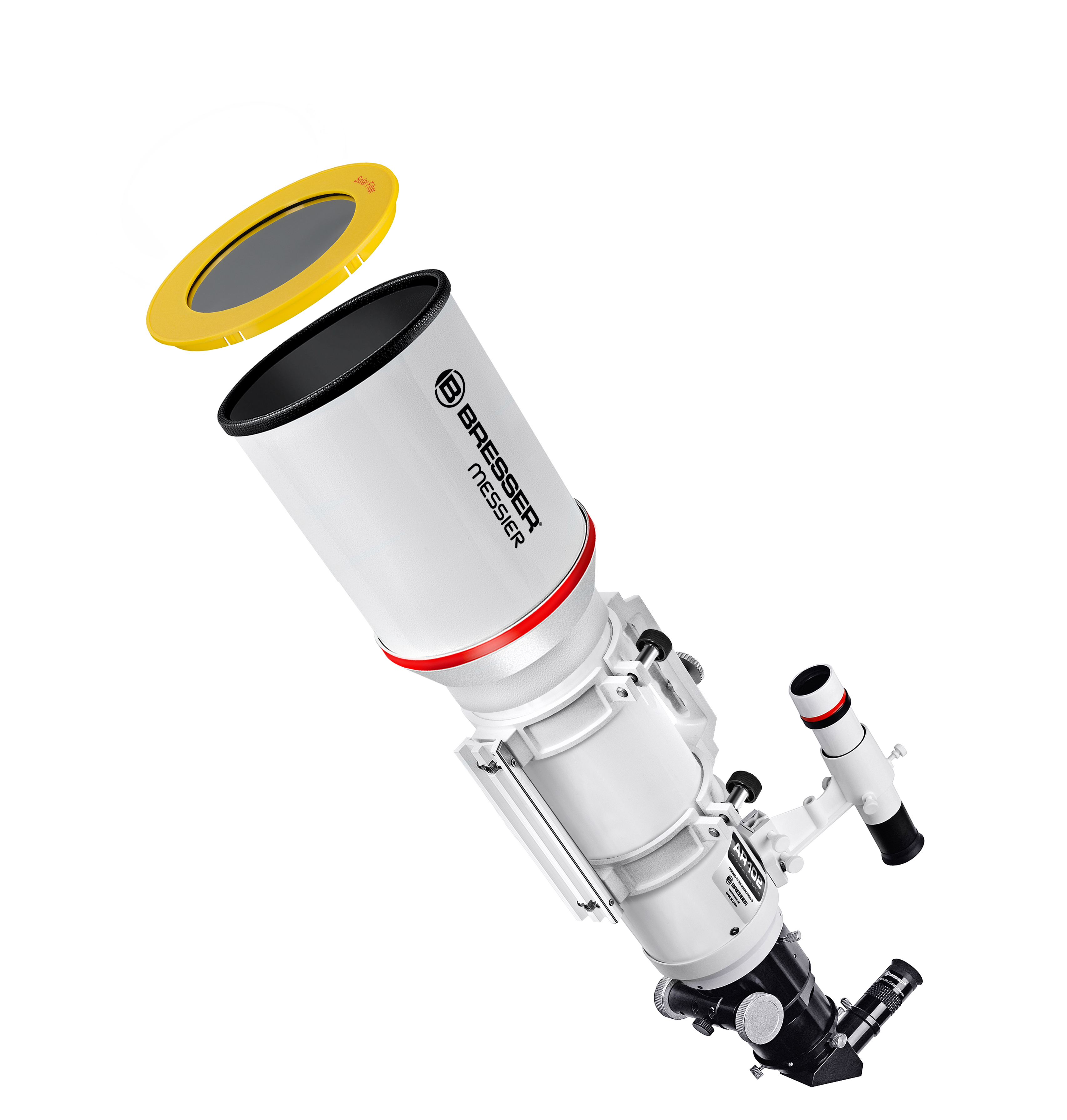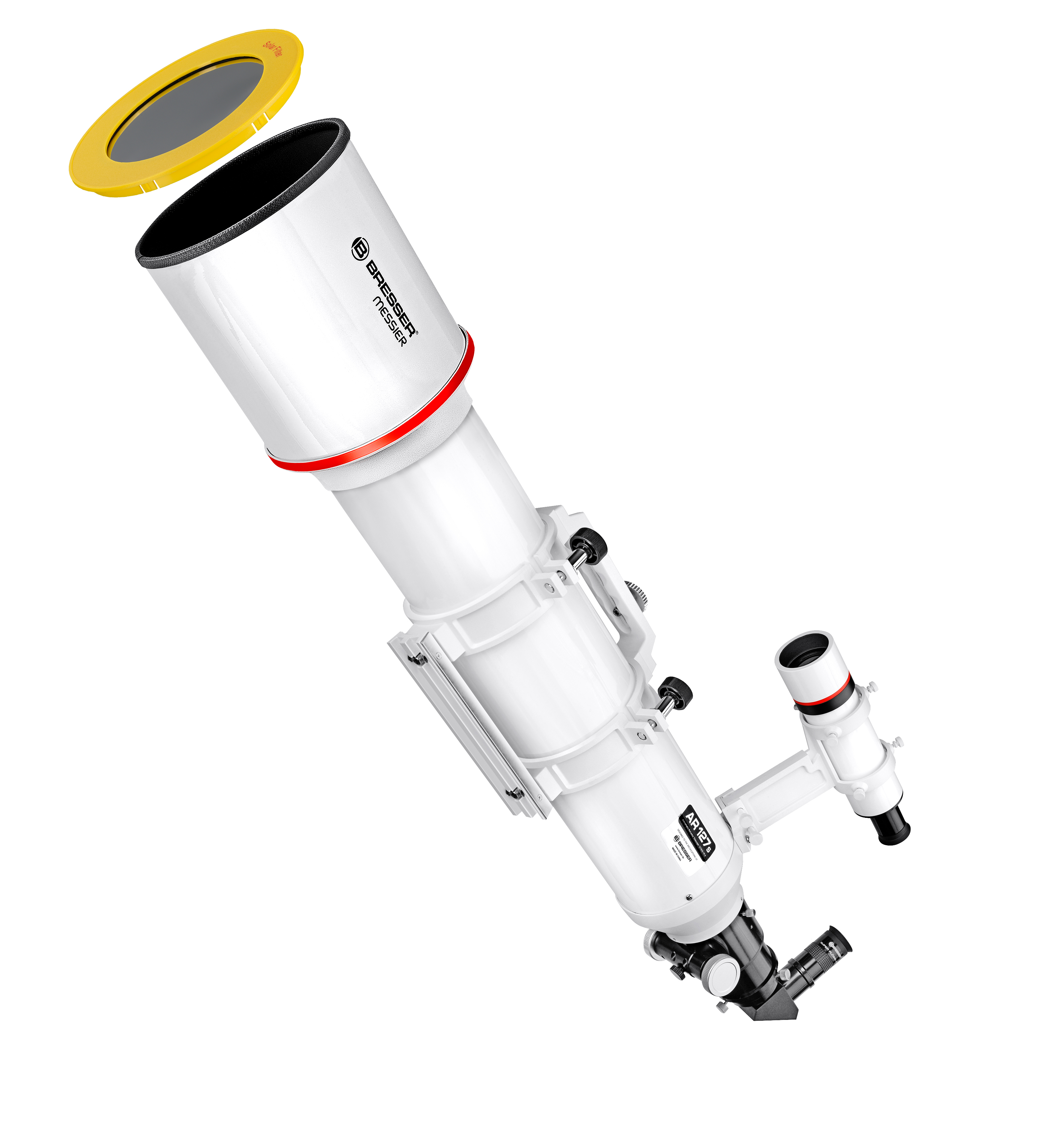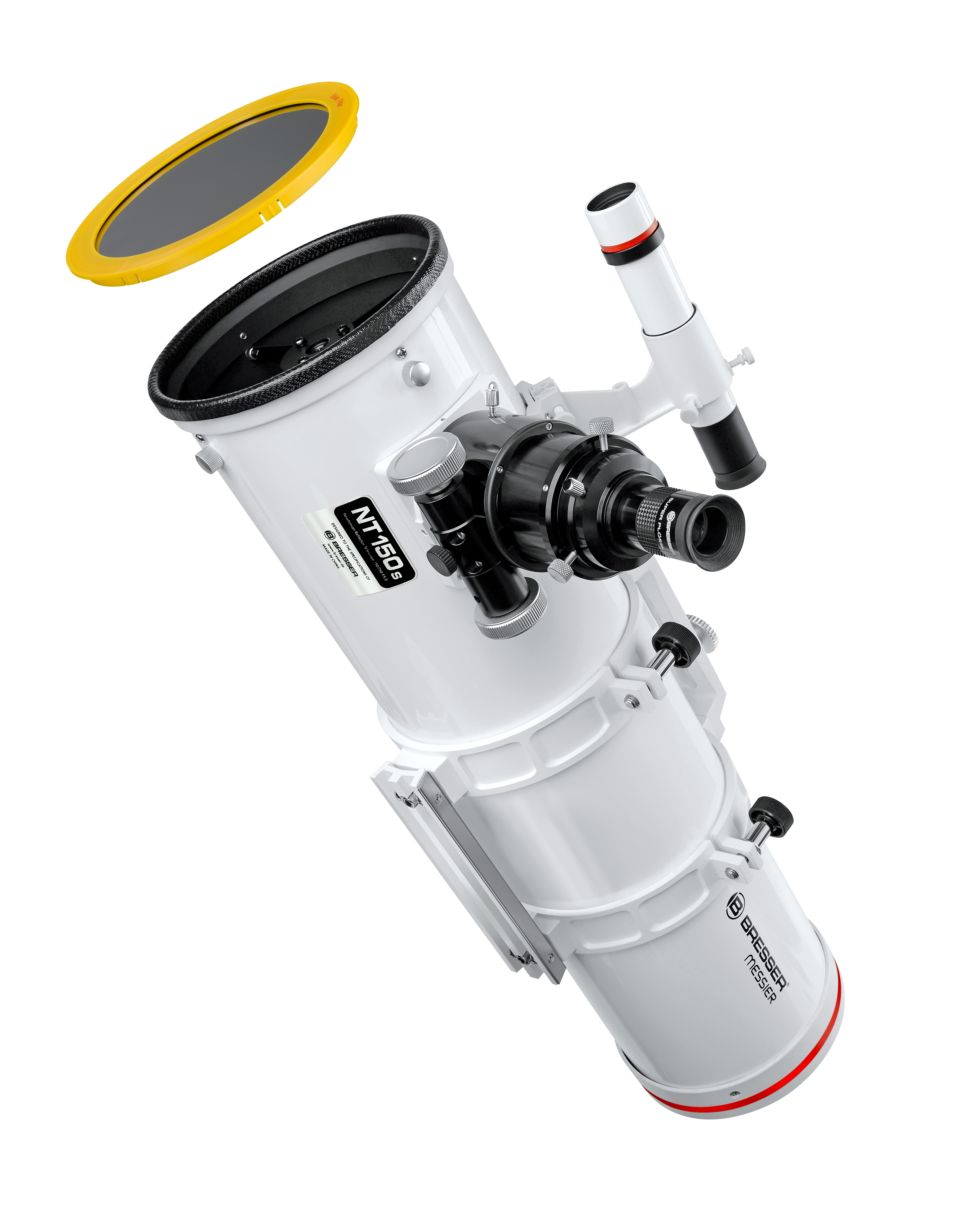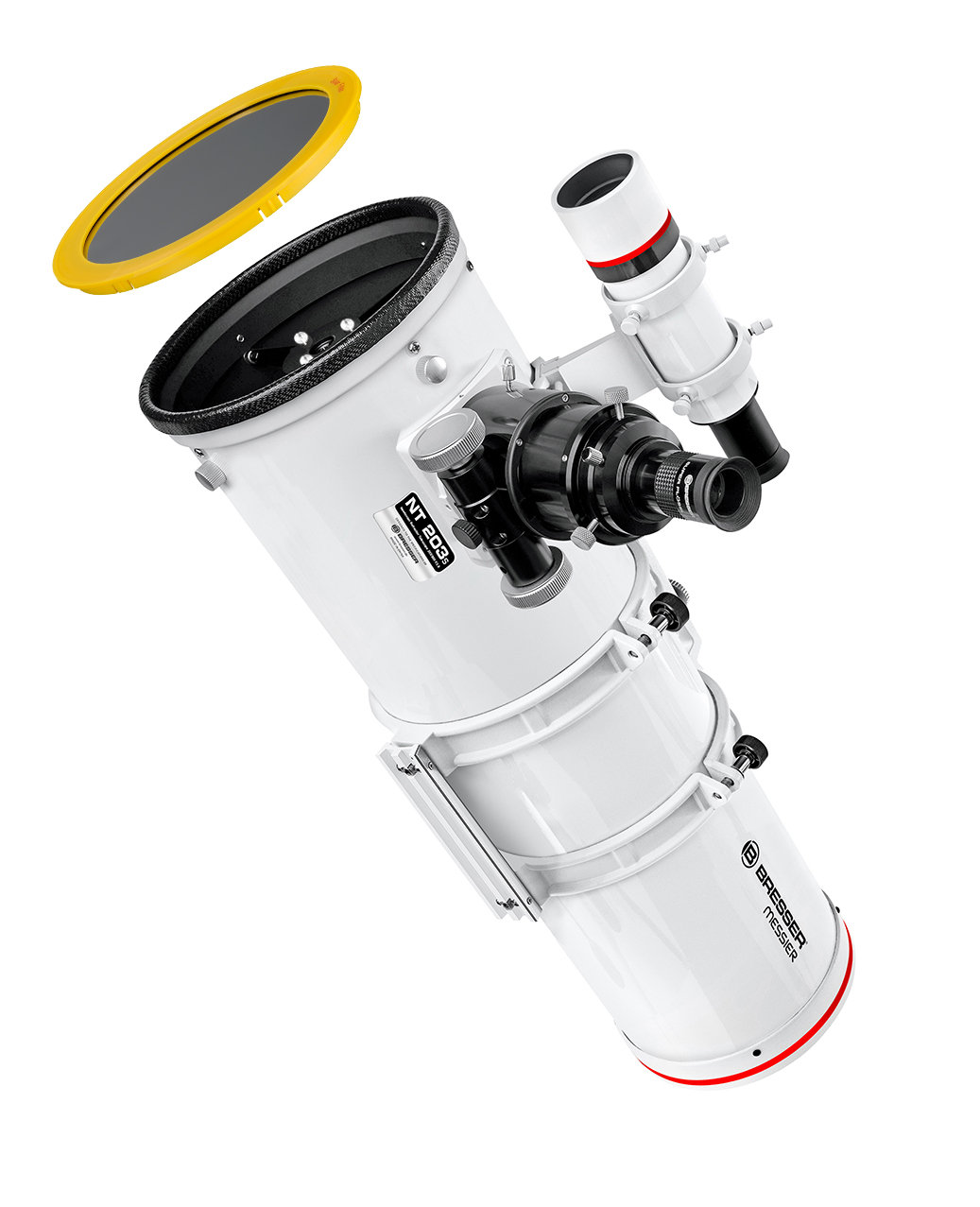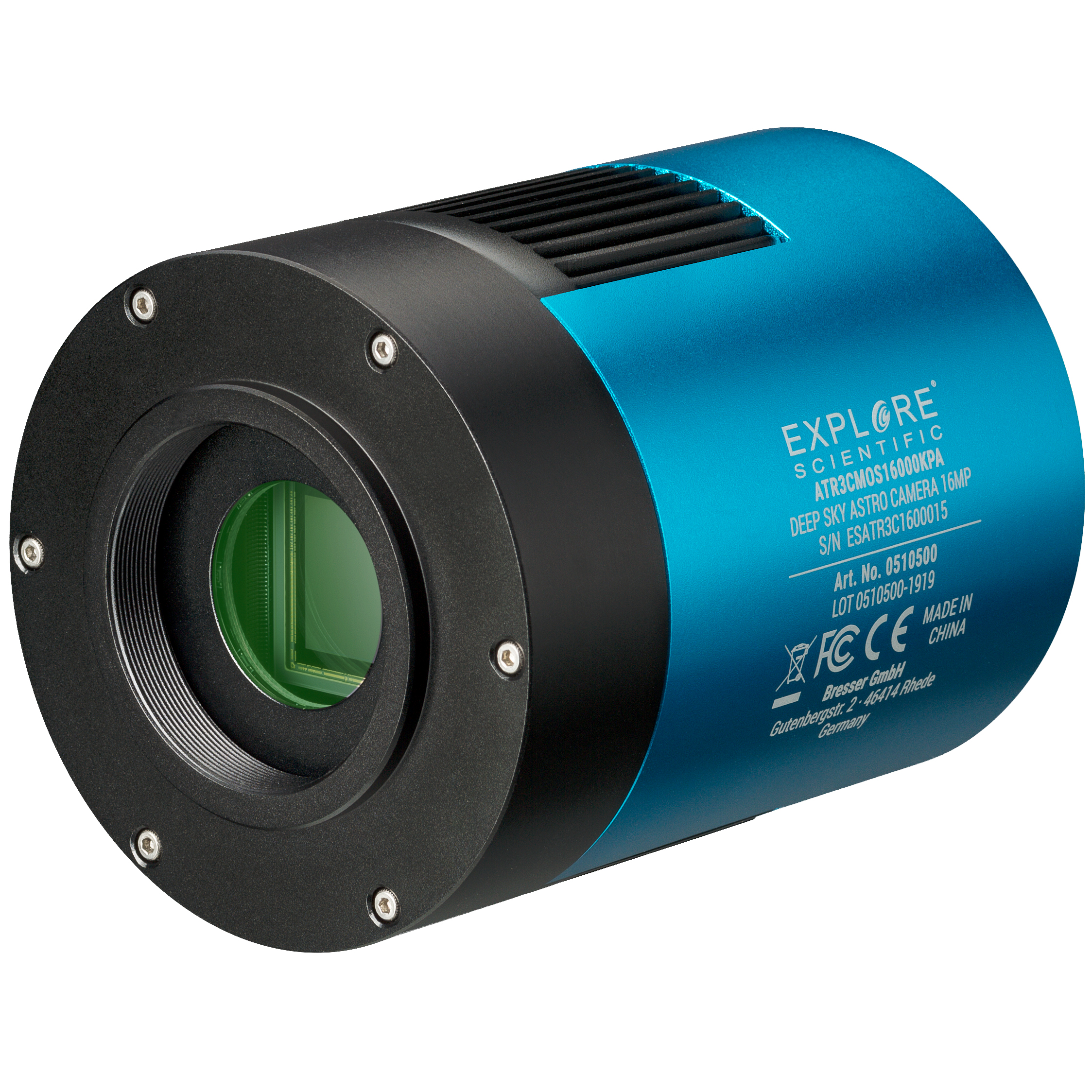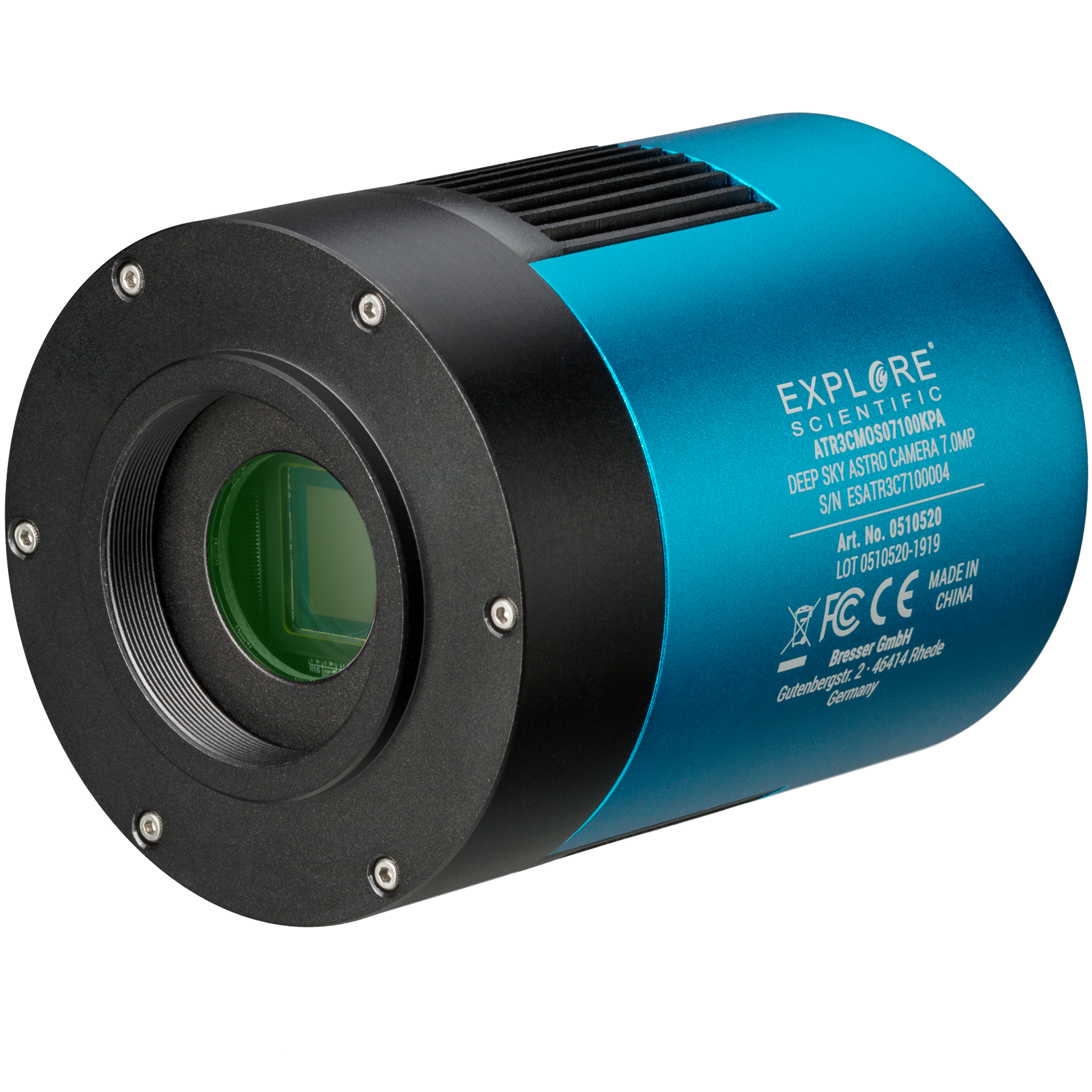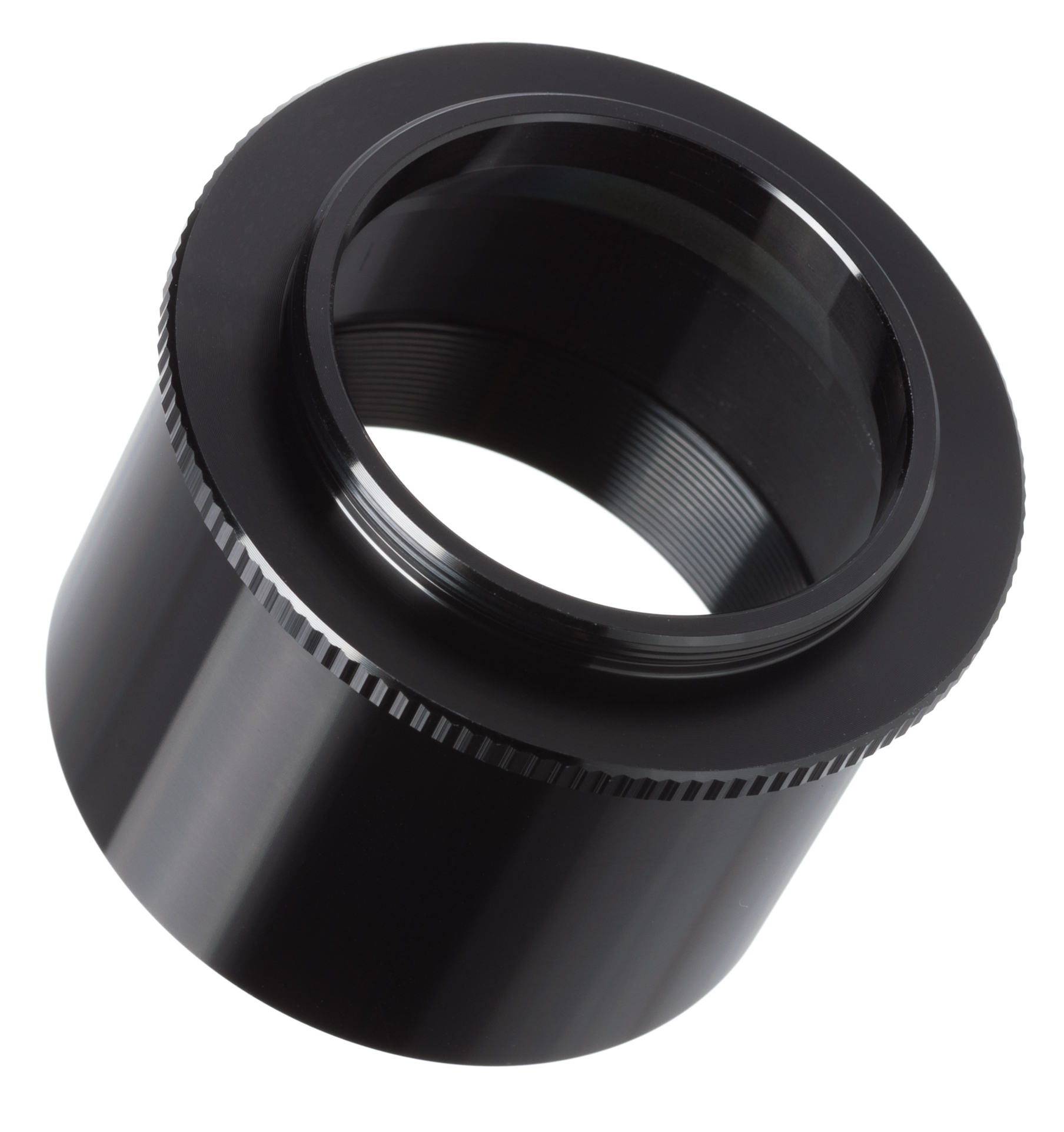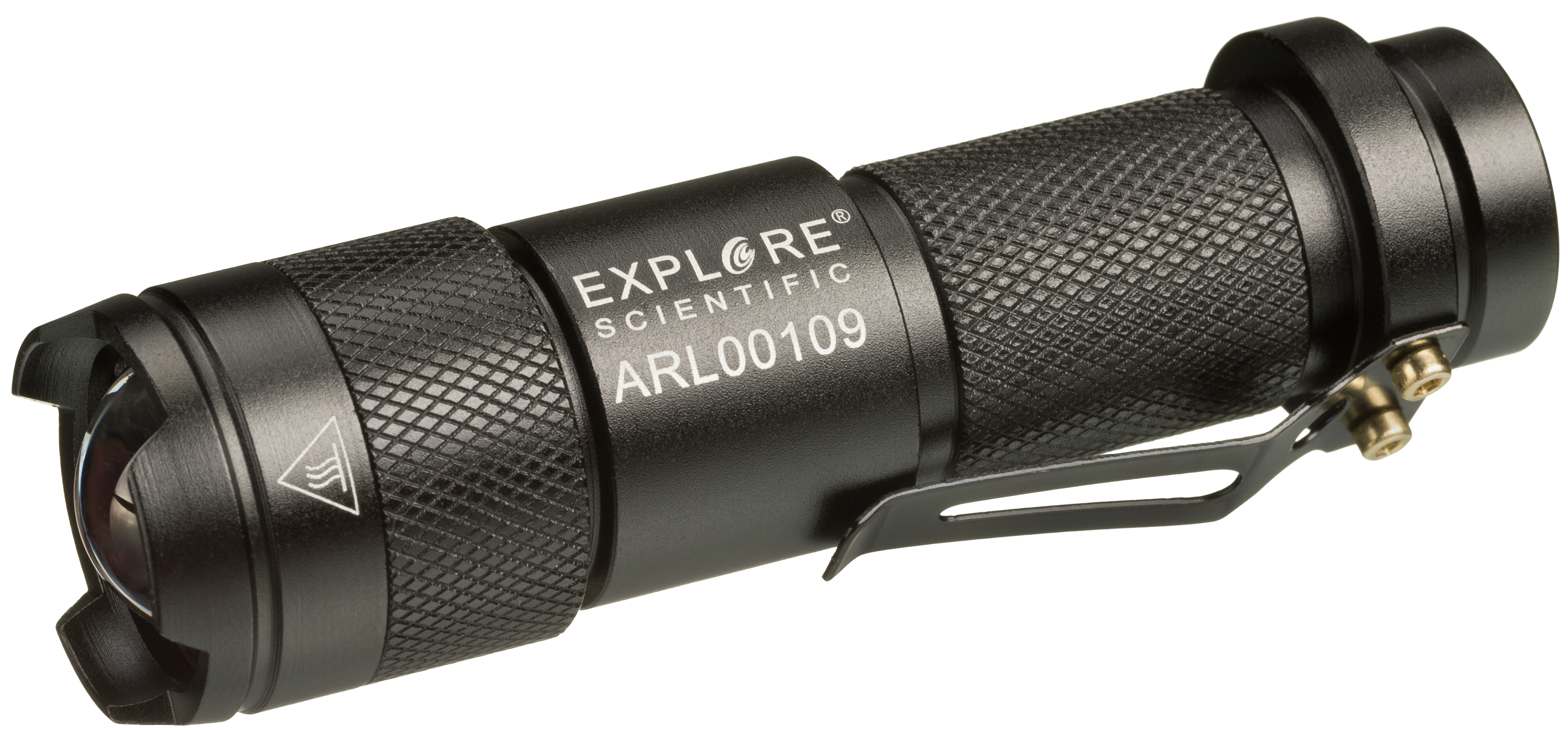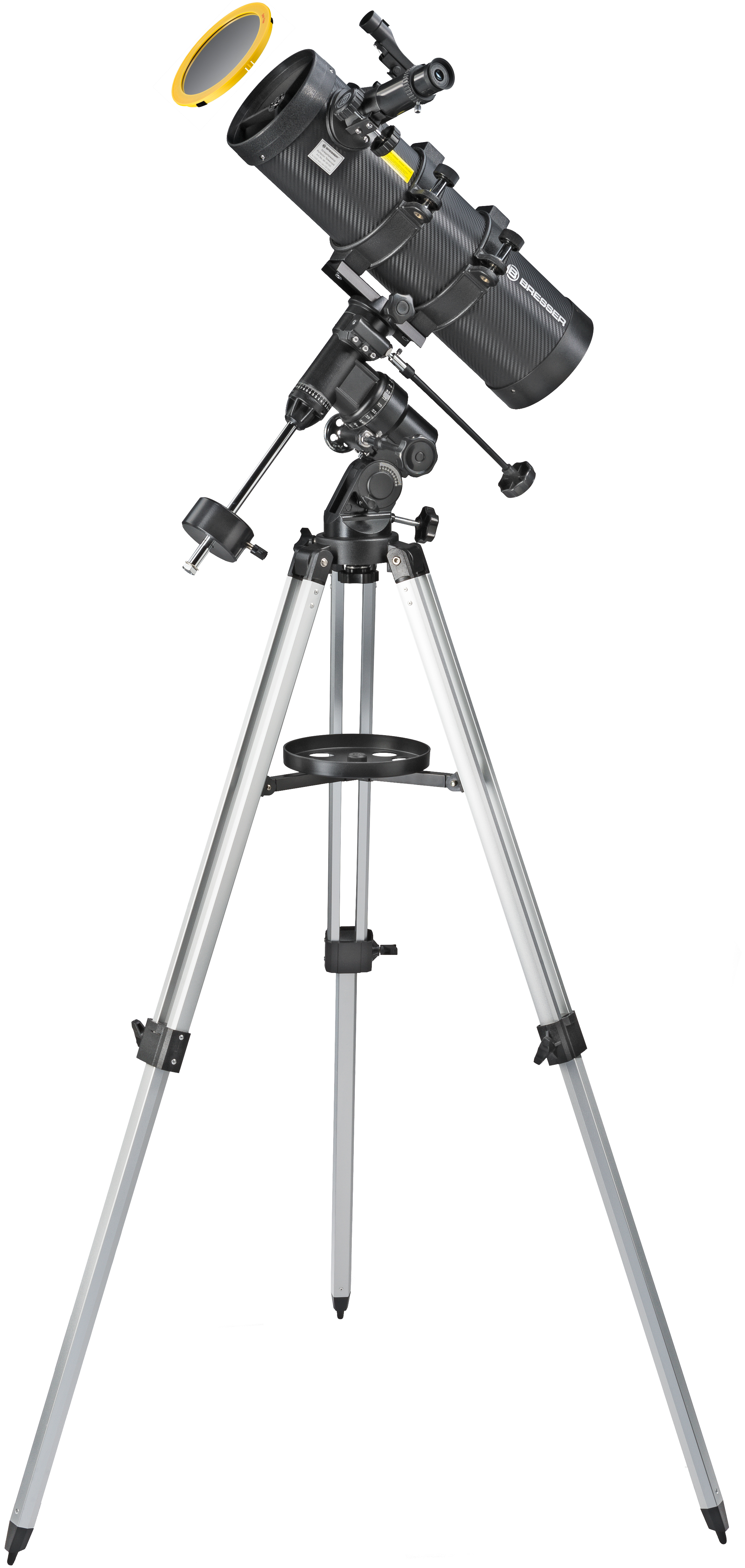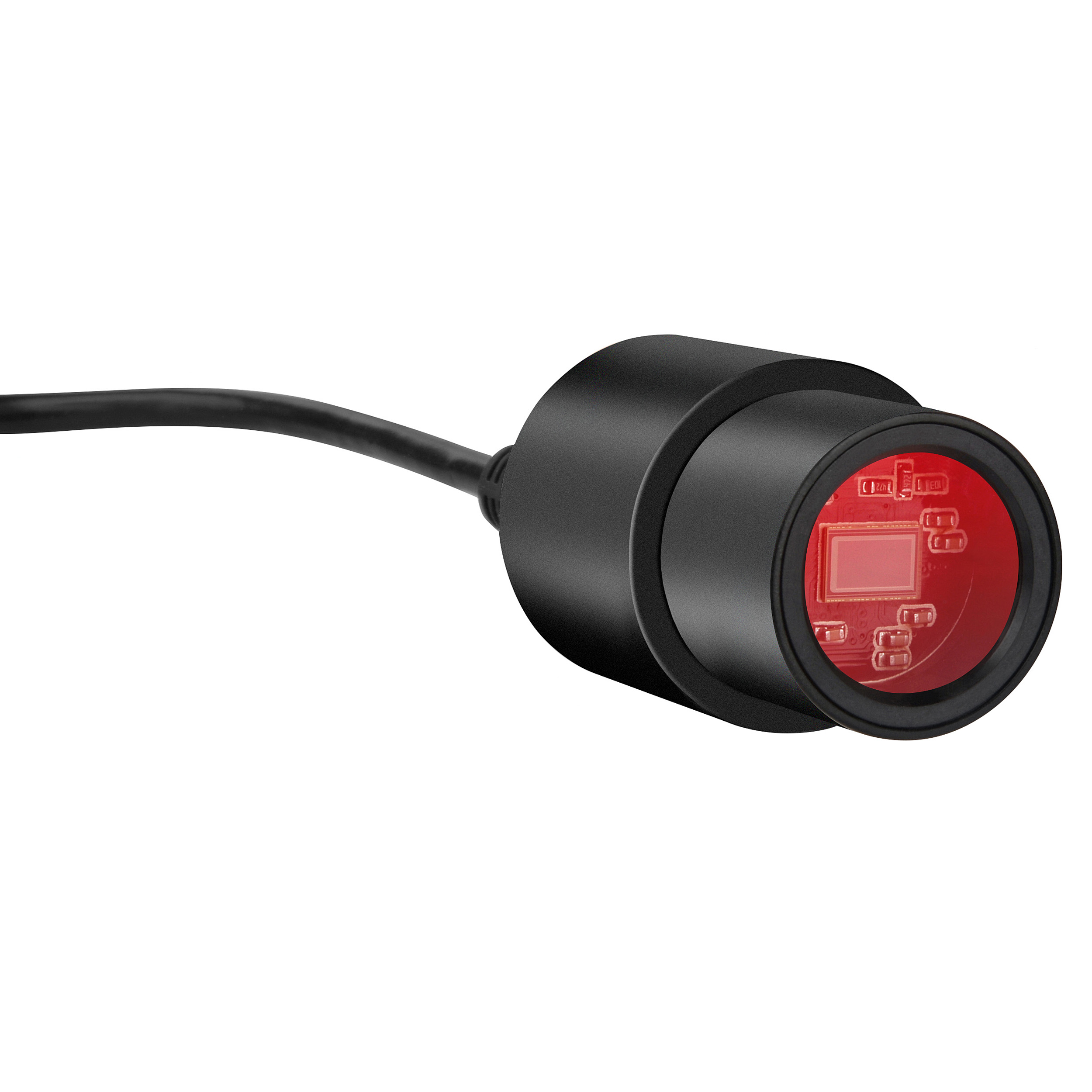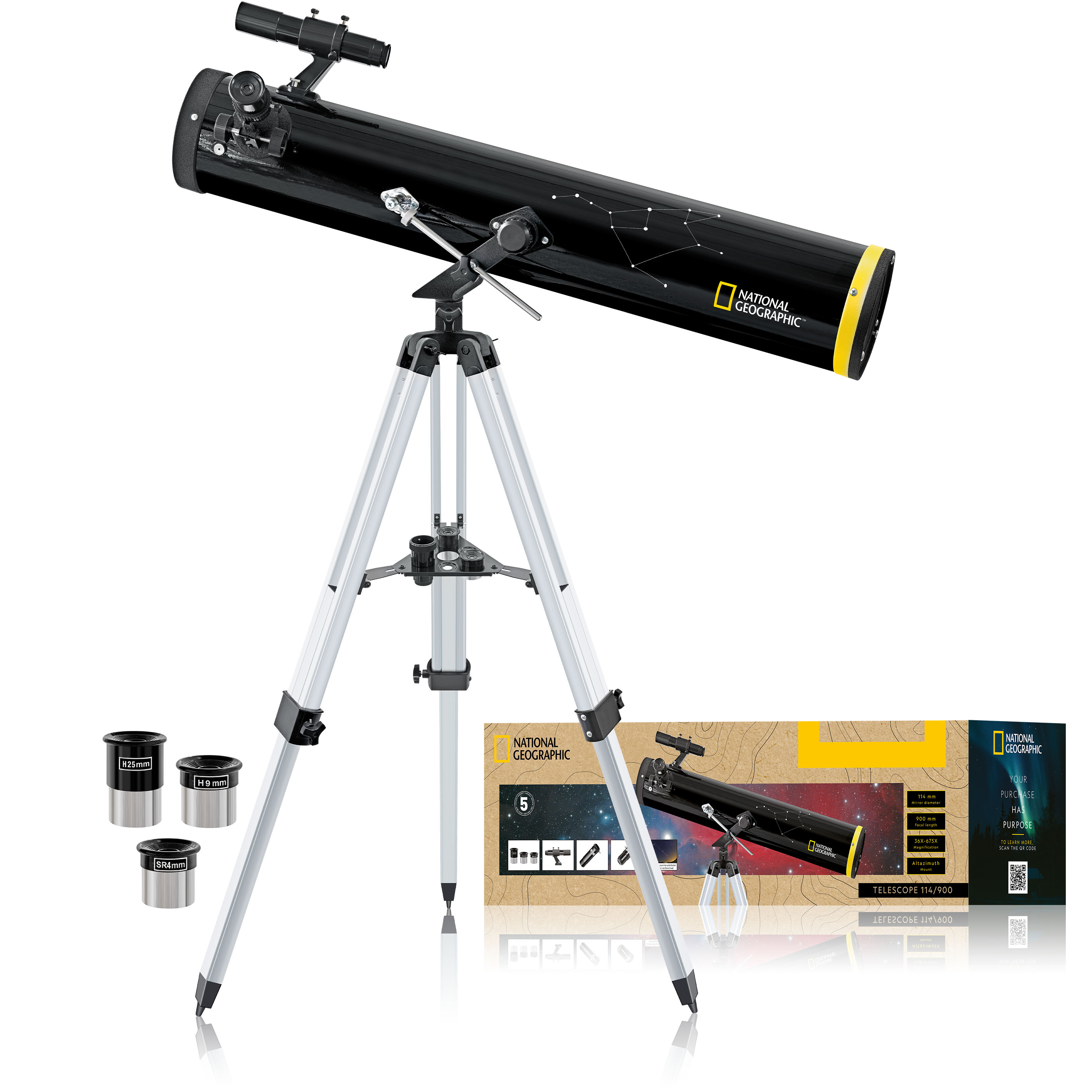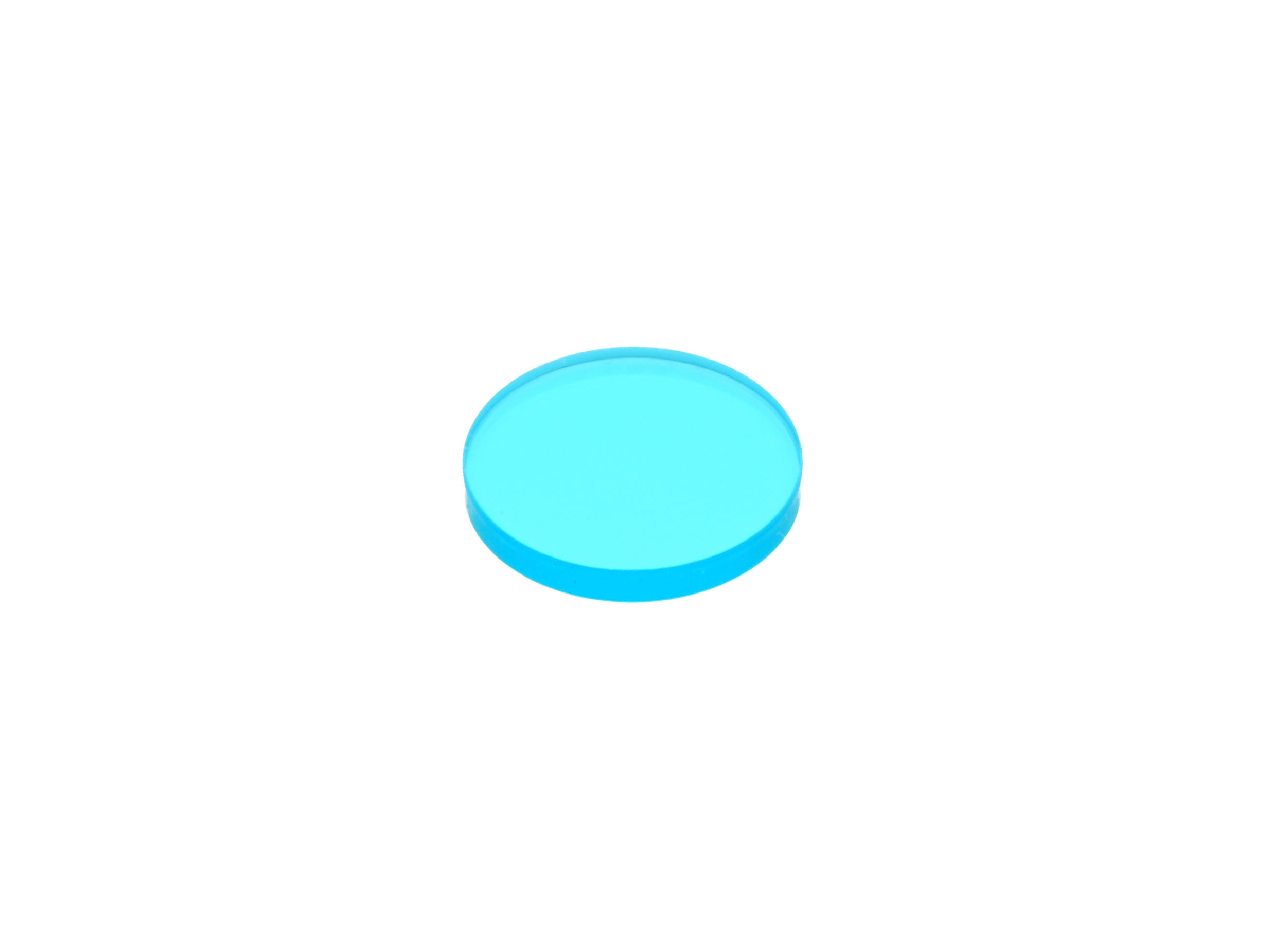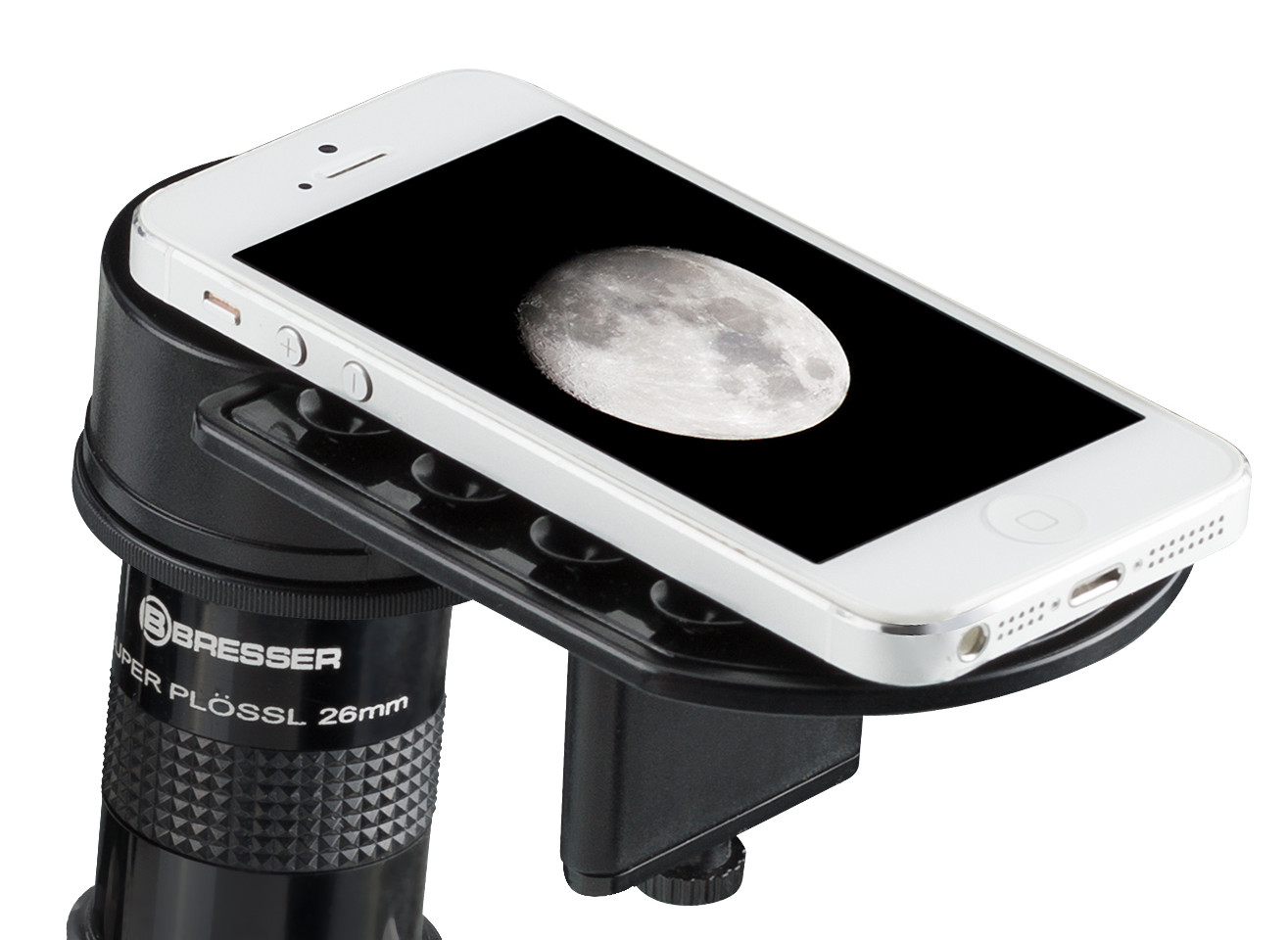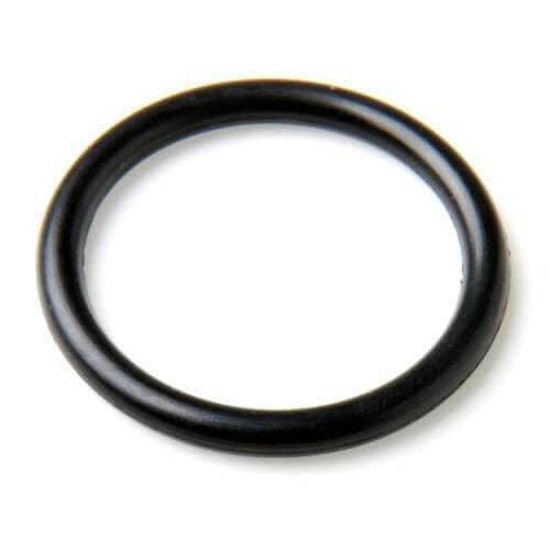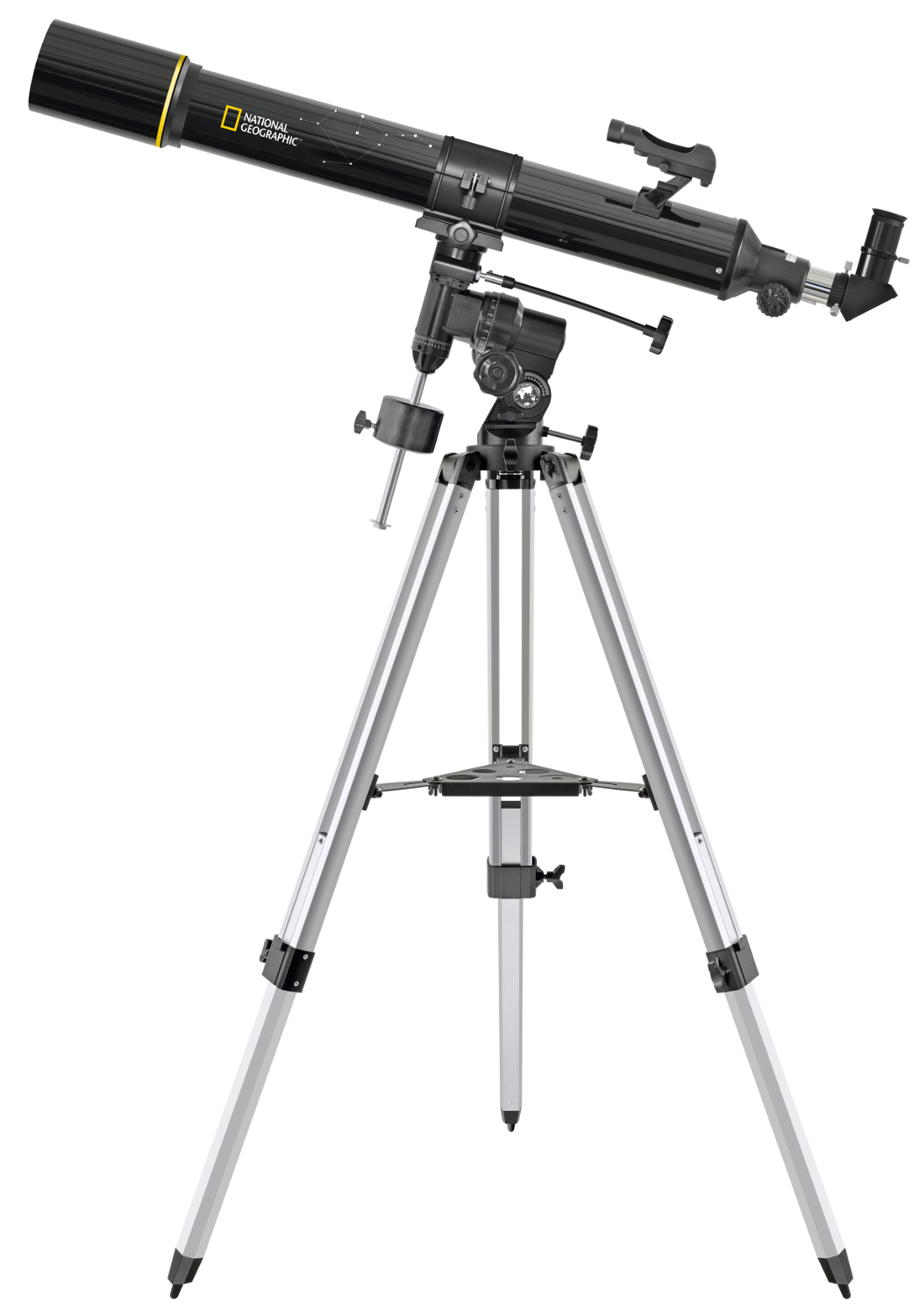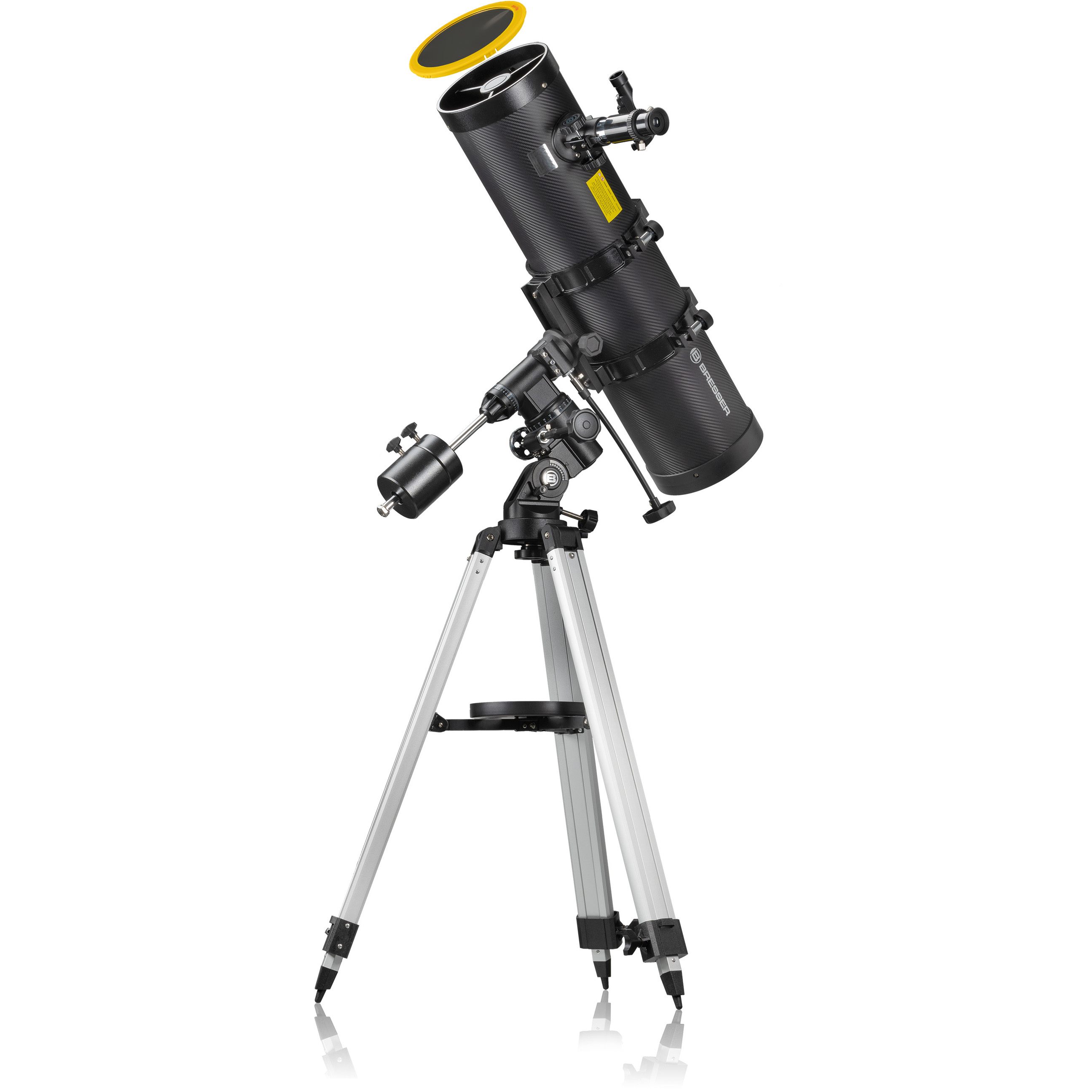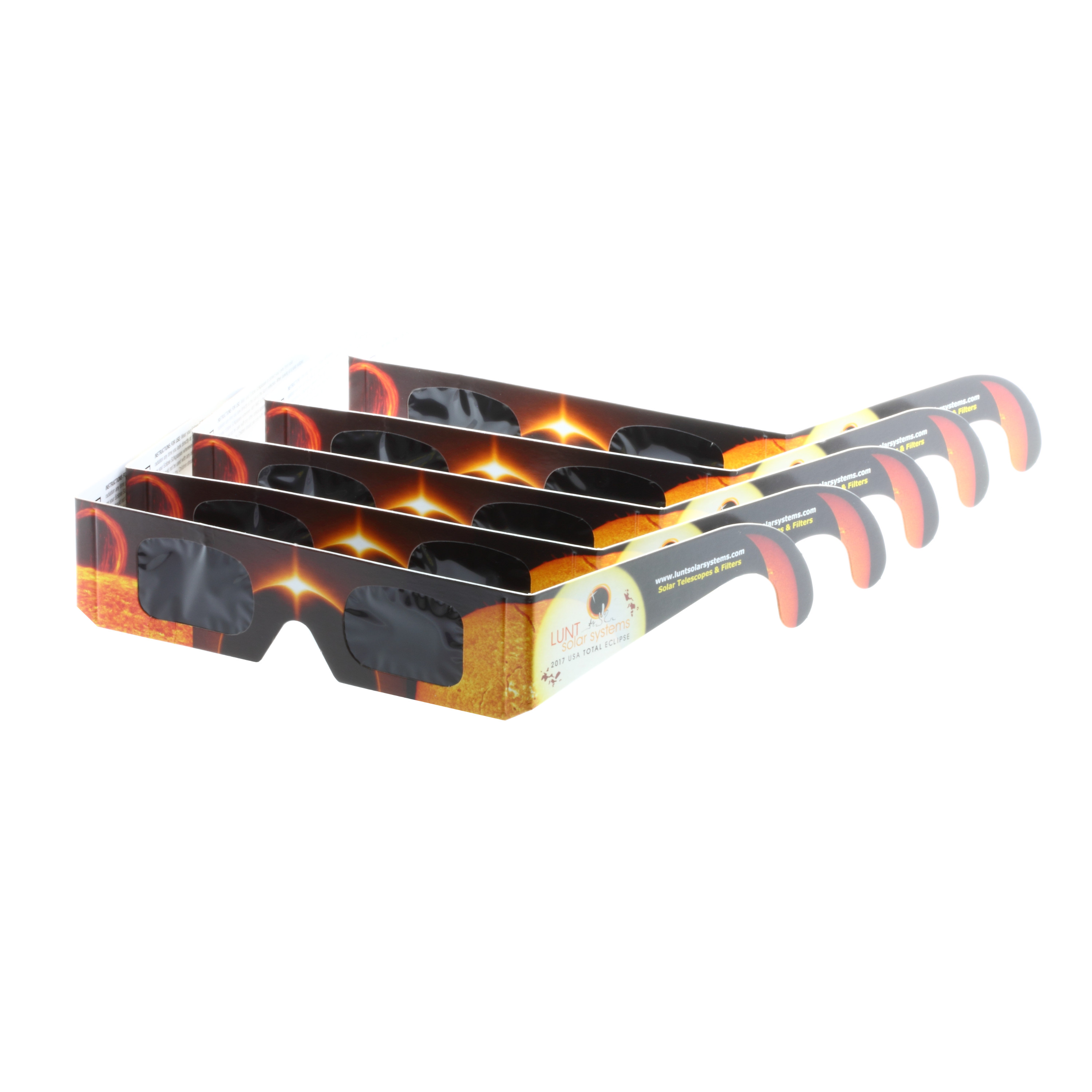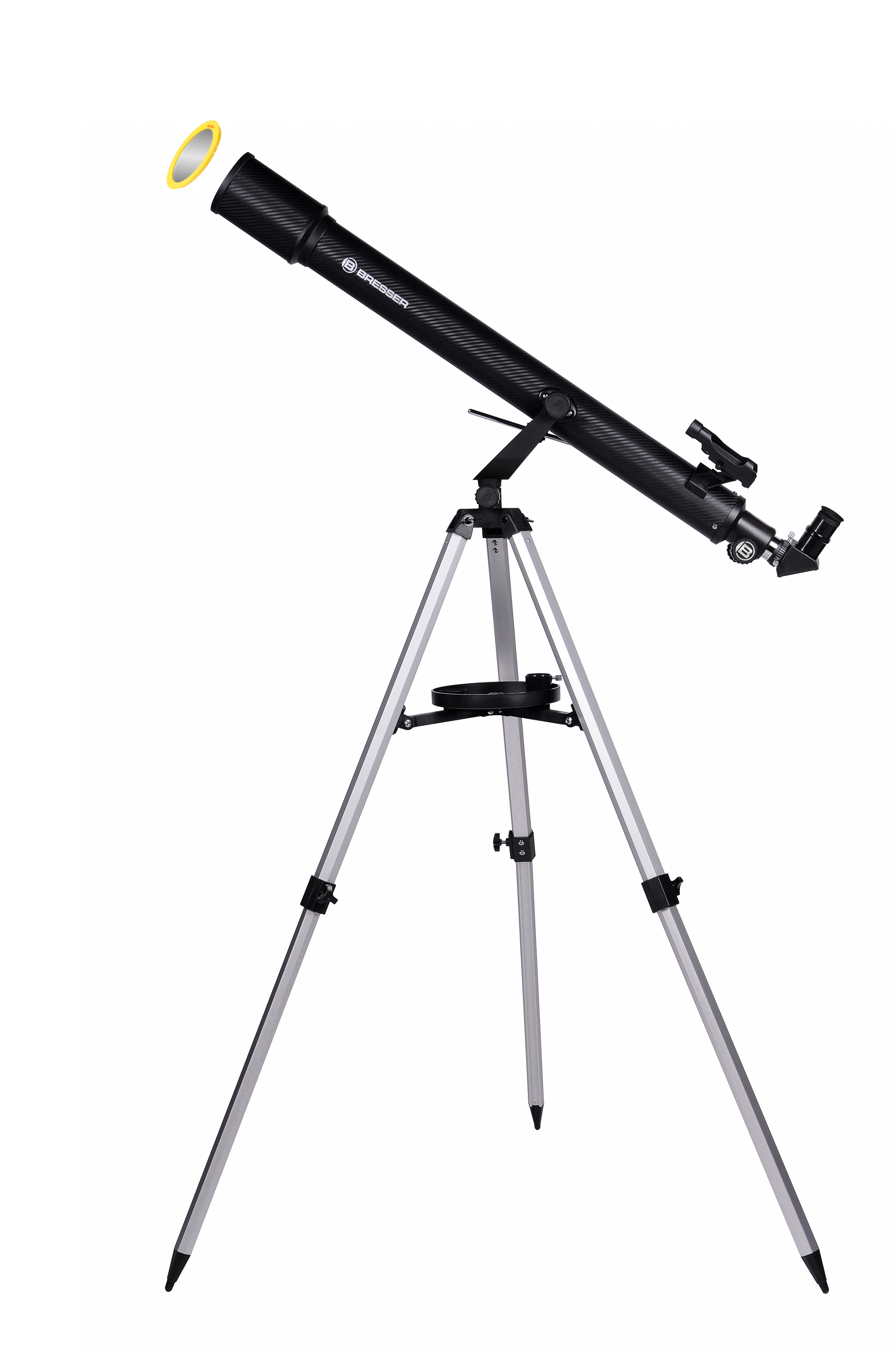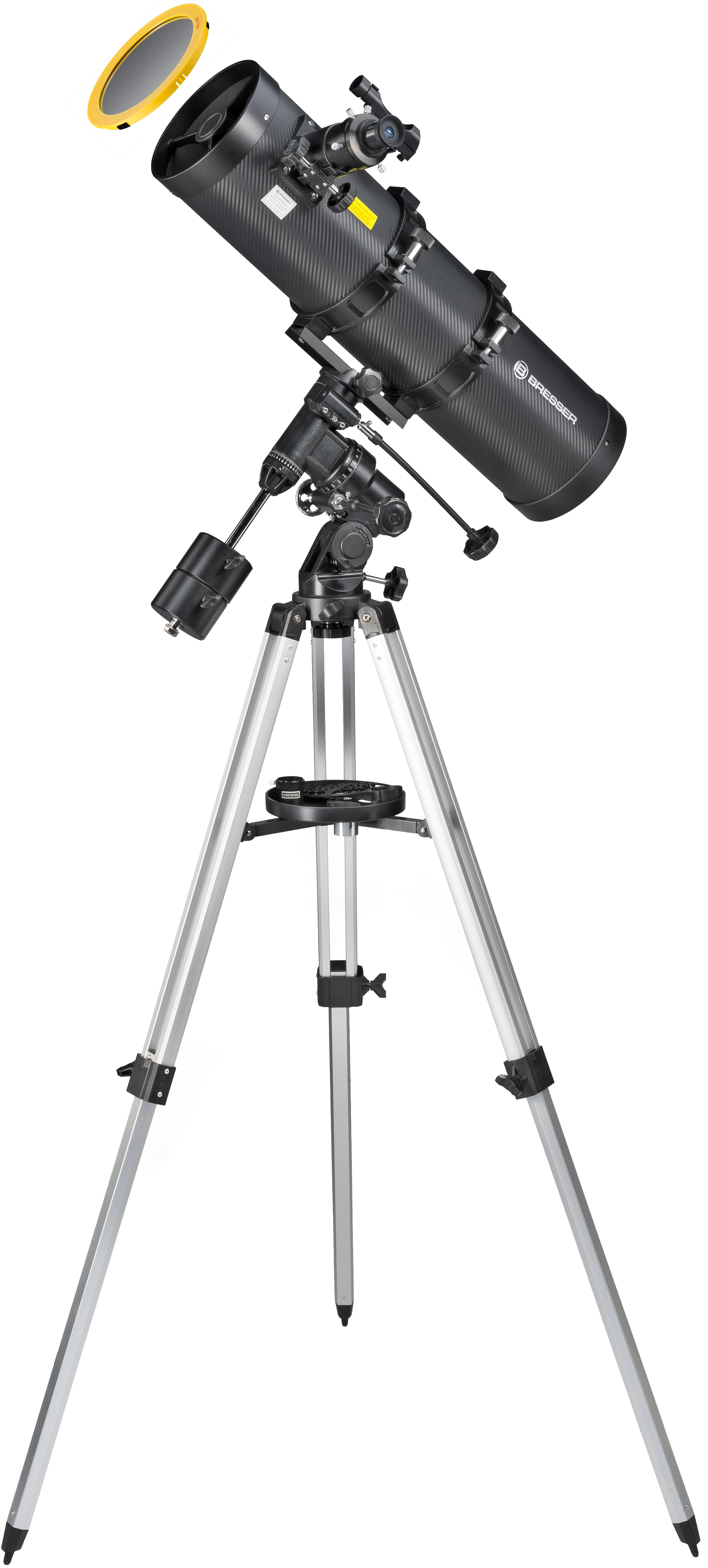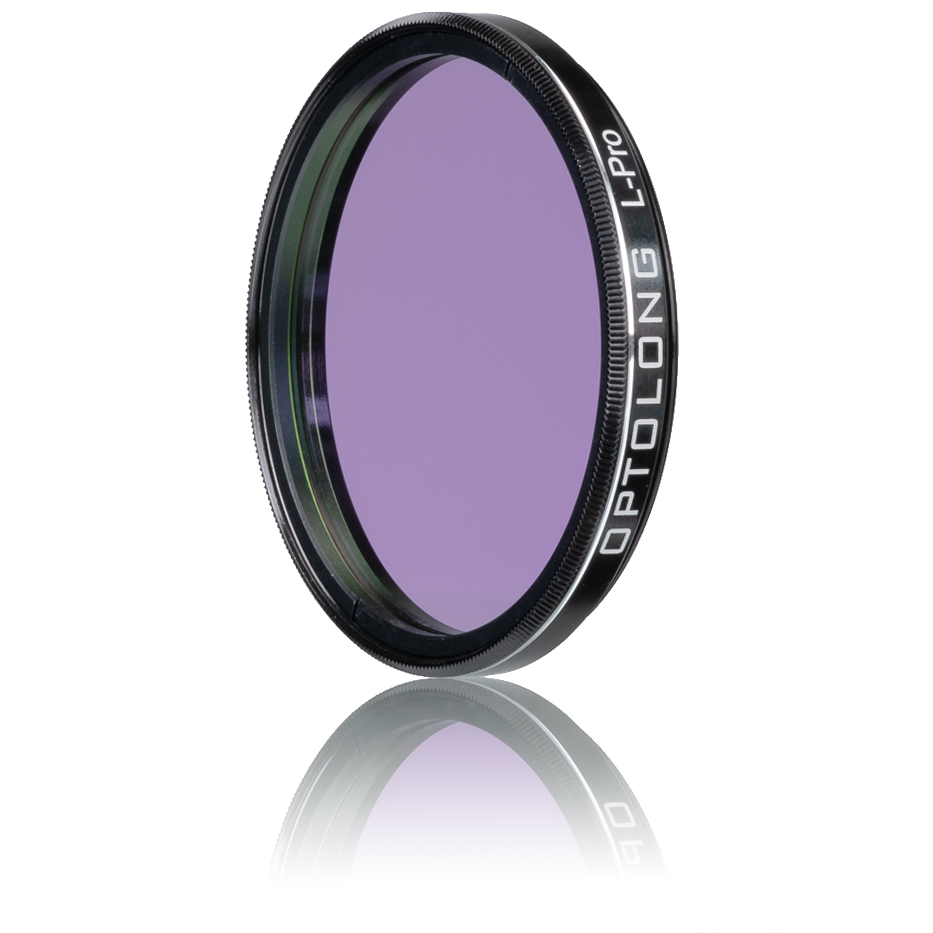



























Product Highlights
The L-Pro Filter is the best choice for light pollution suppression and allows astrophotos to be taken of broadband emission objects such as galaxies, reflection nebulae and globular star clusters.
- Professional visual and photographic filter for astronomy
- Improves deep sky nebula constellation photography
- Best choice for light pollution suppression
- Filter diameter: 2.0 inch / 50.8mm
- Connecting thread: M48x0.75mm
- Fine-optical polished glass to ensure accurate 1/4 wavefront
- High transmission at major nebula emission lines
- Precision off-band blocking, specifically the major emission lines of artificial light pollution
- Offers better color balance by maximizing the transmission band
- Multi-layer anti-reflection coatings for highest image contrast
With BRESSER, you can enjoy a smooth introduction to the vast world of astronomy. Our detailed information ("Telescope Guide") provides valuable tips for beginners— but even experienced astronomers can use the information we provide (e.g., tables for the geographical latitude of all major world cities) as a reference.
Here is the table of contents of the comprehensive BRESSER Telescope Guide:
With BRESSER, you can enjoy a smooth introduction to the vast world of astronomy. Our detailed information ("Telescope Guide") provides valuable tips for beginners—but even experienced astronomers can use the information we provide (e.g., tables for the geographical latitude of all major world cities) as a reference.
Here is the table of contents of the comprehensive BRESSER Telescope Guide:
- 2. The View into the Starry Sky
- 2.1 Observing with the Naked Eye
- 2.1.1 Observing Constellations with the Naked Eye
- 2.2 Observing with Binoculars
- 2.2.1 Observing Planets and Moons with Binoculars
- 2.2.2 Observing Deep Sky Objects with Binoculars
- 2.2.3 Every Beginning is Easy
- 2.3 Observing with a Telescope
- 2.4 The Moon
- 2.4.1 The Moon Phases
- 2.4.2 The Far Side of the Moon
- 2.4.3 The Moon Map
- 2.4.4 Maria (Seas)
- 2.4.5 Mare
- 2.4.6 Craters
- 2.4.7 The Ray Craters
- 2.5 Observing the Solar System with a Telescope
- 2.5.1 Where are the Planets?
- 2.5.2 Planet Observation
- 2.5.3 The Position of the Planets Relative to the Sun
- 2.5.4 The Planets Introduce Themselves
- 2.5.5 Deep Sky Observation with a Telescope
- 2.6 Practical Observation Tips and Tricks
- 2.6.2 Tips for Optimal Observation Conditions
- 2.7 The Most Beautiful Objects Throughout the Year
- 4. Telescopes
- 4.1 The Telescope as an Observation Instrument
- 4.2 Optics
- 4.2.1 Refractor (Lens Telescope)
- 4.2.2 Reflector (Mirror Telescope)
- 4.3 Mechanics
- 4.3.1 Altazimuth Mount
- 4.3.2 Equatorial Mount
- 4.3.3 Drive Motors
- 4.4 Accessories
- 4.4.1 Eyepieces
- 4.4.2 Important Tips for Eyepiece Selection
- 4.4.3 Filters
- 4.4.4 Photographic Accessories
- 4.4.5 Other Accessories
- 5.1 Which Telescope for Whom?
- 5.1.1 Deep-Sky Observations
- 5.1.2 Observing Closer Planets
- 5.1.3 The Topic of Portability
- 5.1.4 Price Factor When Buying a Telescope
- 6. Useful Tables
- 6.1 Table for the Geographic Latitude of All Major World Cities
- 6.1.1 Observers in the Northern Hemisphere (N):
- 6.1.2 Observers in the Southern Hemisphere (S):
- 6.2 Lookup Table for Notable Stars
- 6.3 Getting Acquainted with the Universe - or: Distances in Space
- Professional visual and photographic filter for astronomy
- Improves deep sky nebula constellation photography
- Best choice for broadband light pollution suppression
- Filter diameter: 2.0 inch / 50.8mm
- Connecting thread: M48x0.75mm
- Selected optical glass material
- Spectrum: 380-750nm
- Surface Quality: 60/40 (Refer to MIL-O-13830)
- Fine-optically polished glass to ensure accurate 1/4 wavefront and highest parallelism over the both surfaces
- High transmission at major nebula emission lines (i.e. H-alpha 656nm, OIII 496nm&500nm, SII 672nm and H-beta 486nm)
- Precision off-band blocking, specifically the major emission lines of artificial light pollution (i.e. Na 589nm, Hg 435nm and 578nm)
- L-Pro filter (1pc)
- Dust protection box (1pc)
| Colour: | black |
|---|---|
| Field of application [Telescope-filter]: | Light Pollution Filter for Astrophotography |
| Material: | Glass, Plastic |
| Telescope filter type: | Nebula filter |
0 of 0 reviews
Login
Accessories
Similar products


